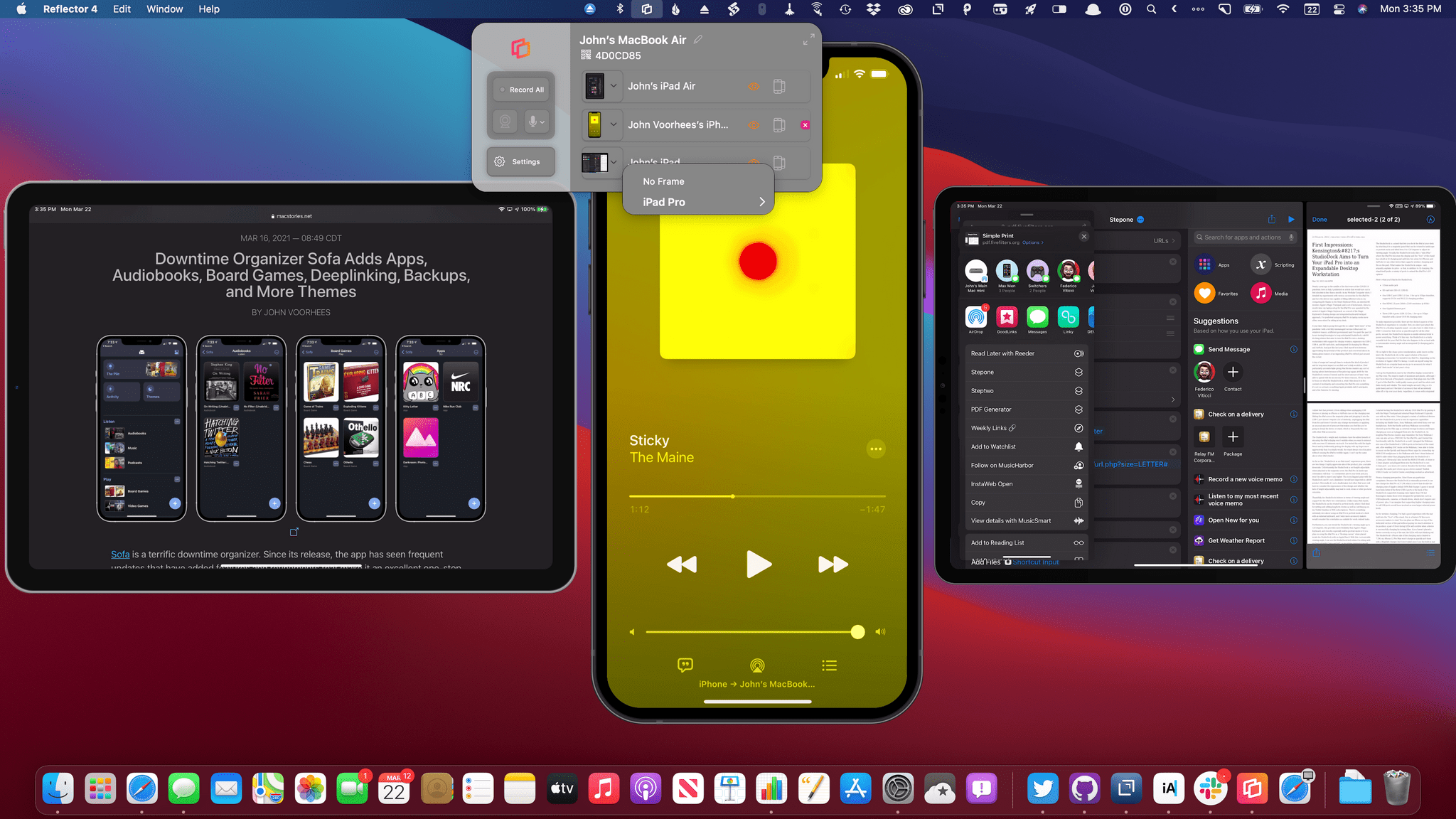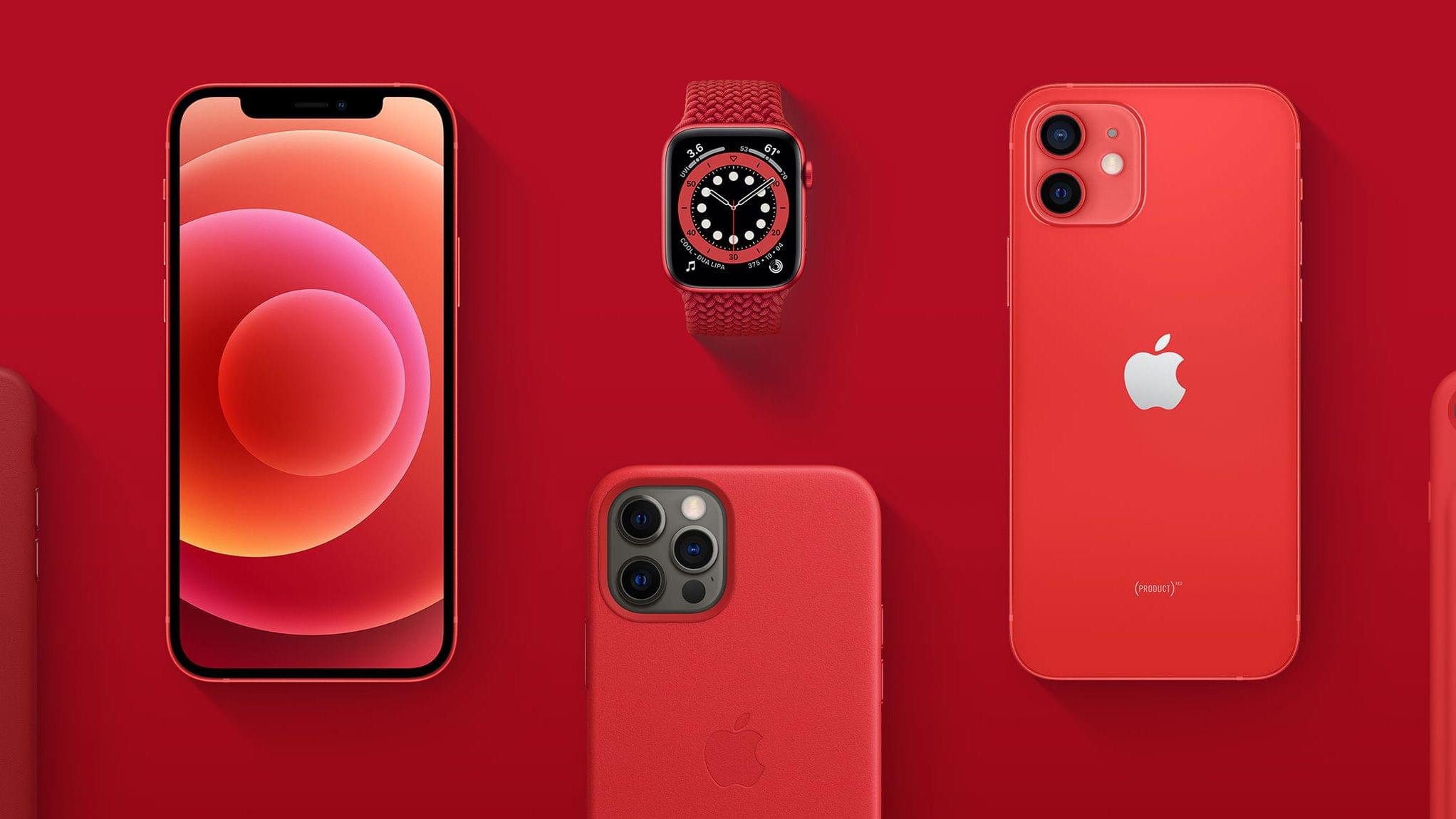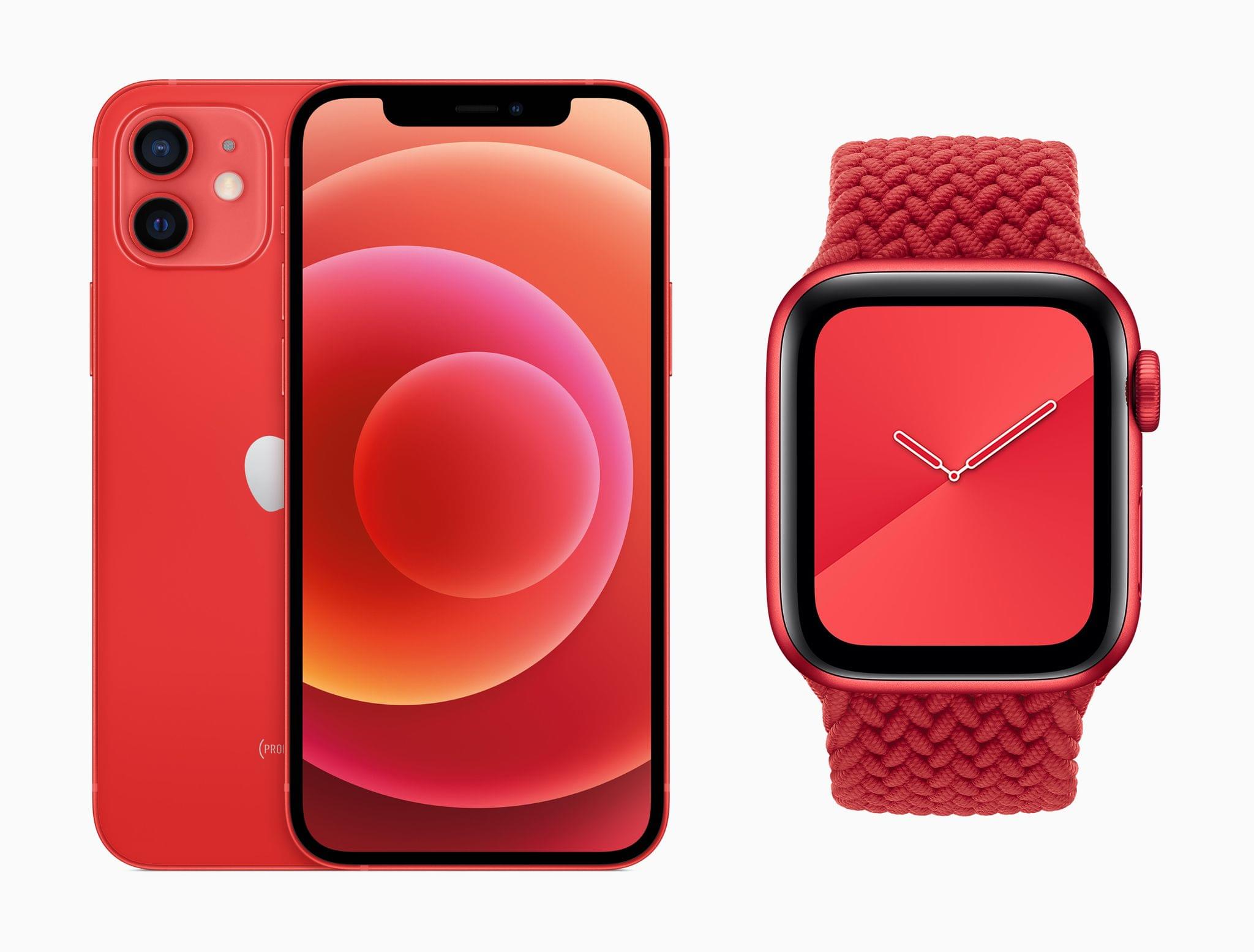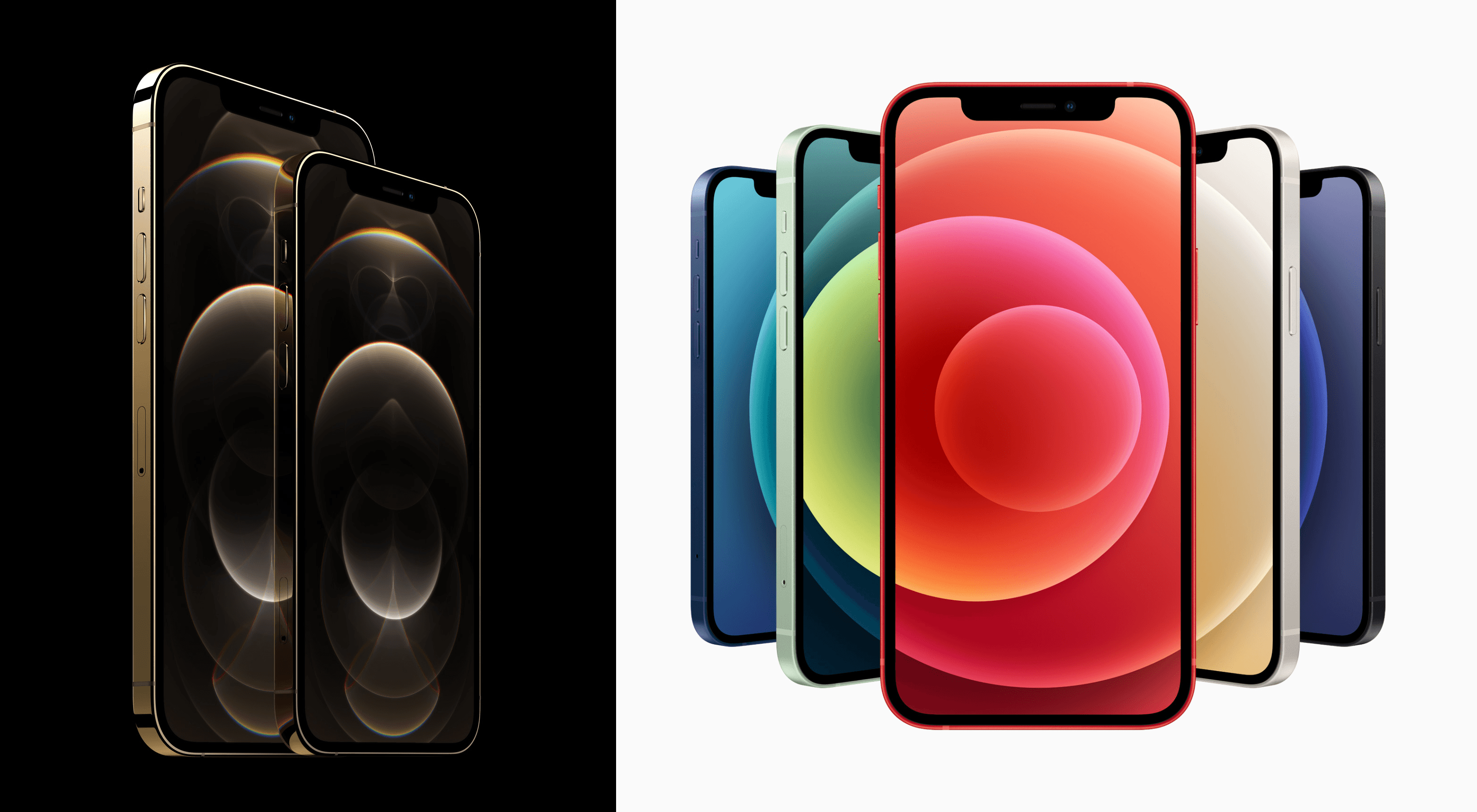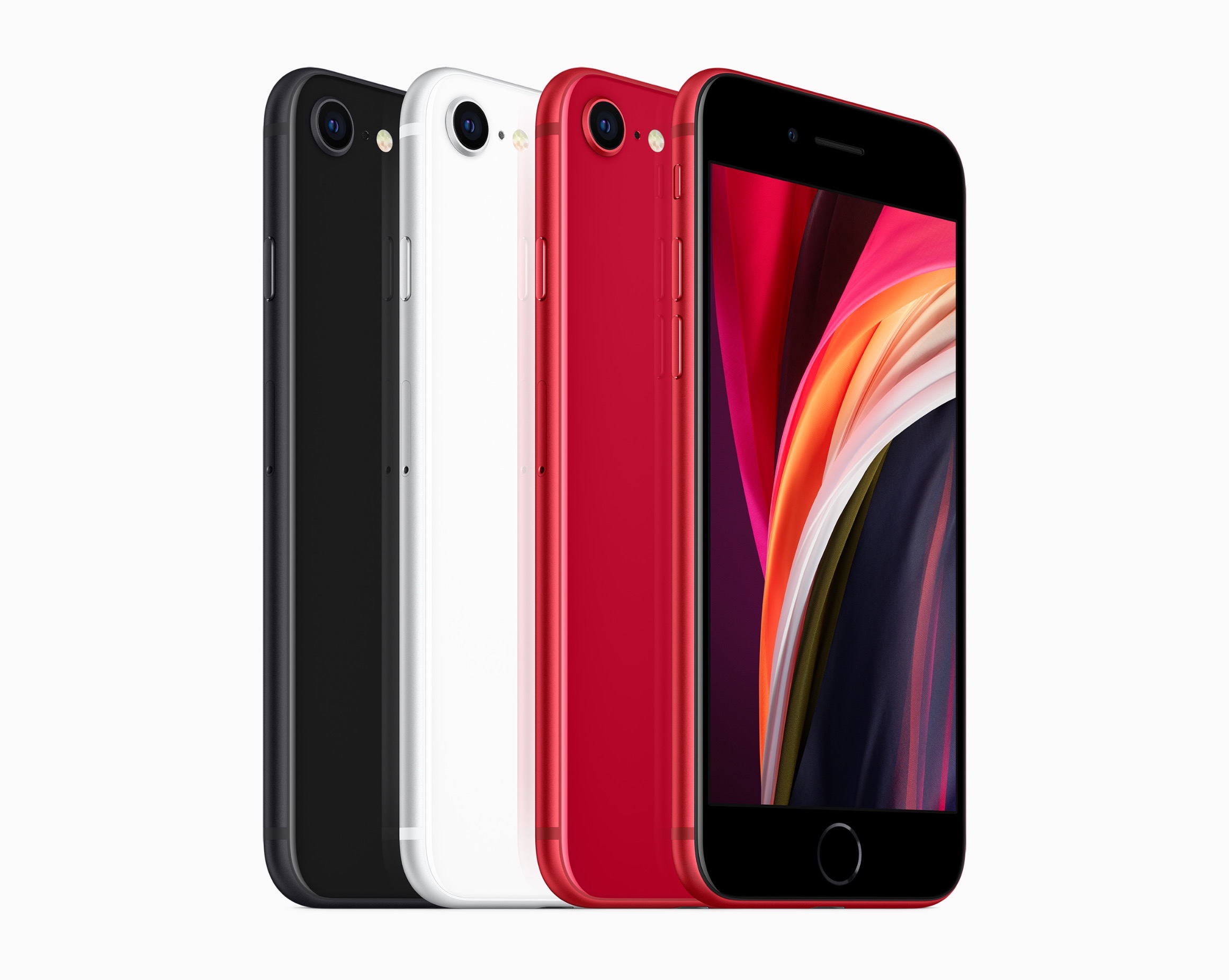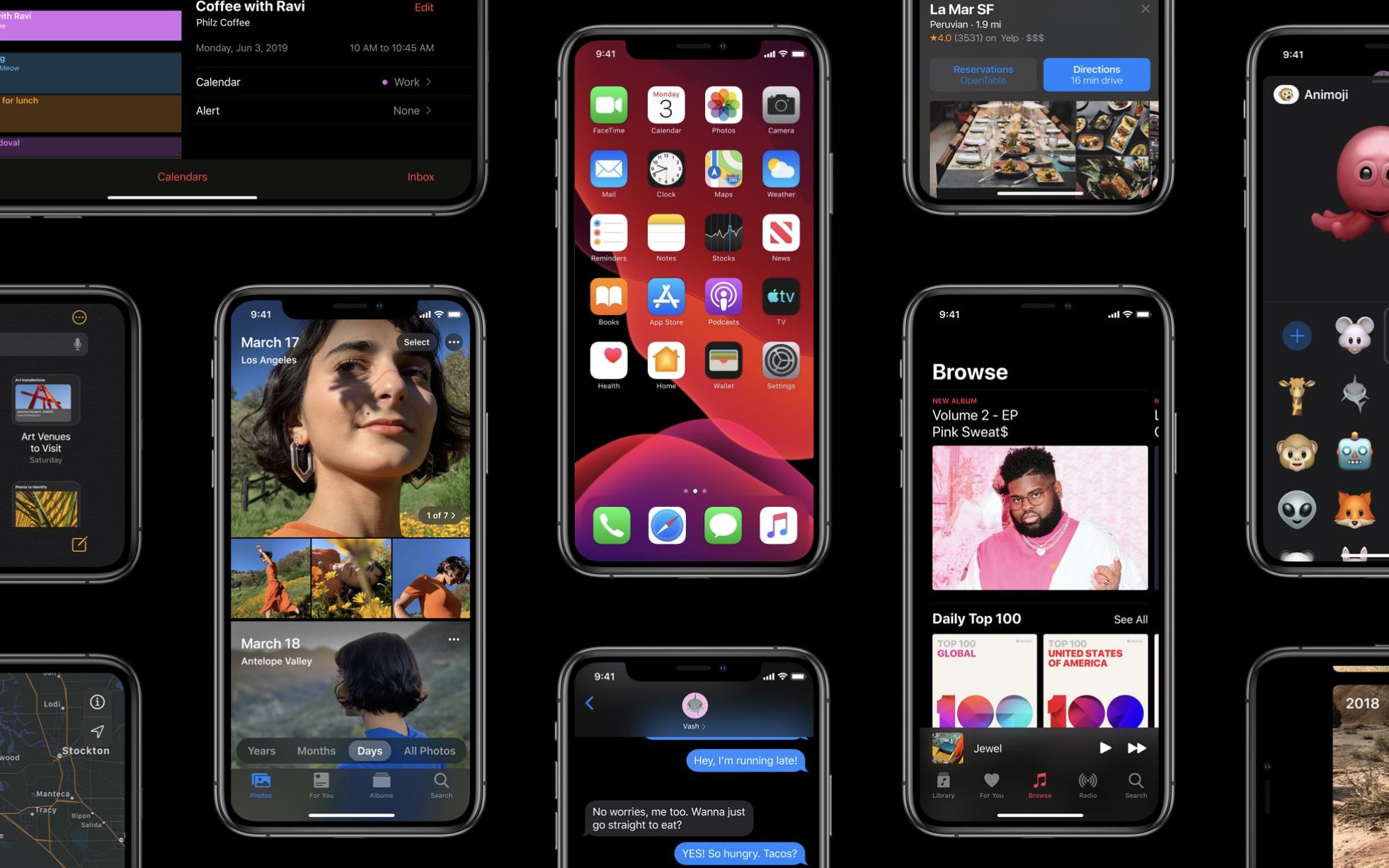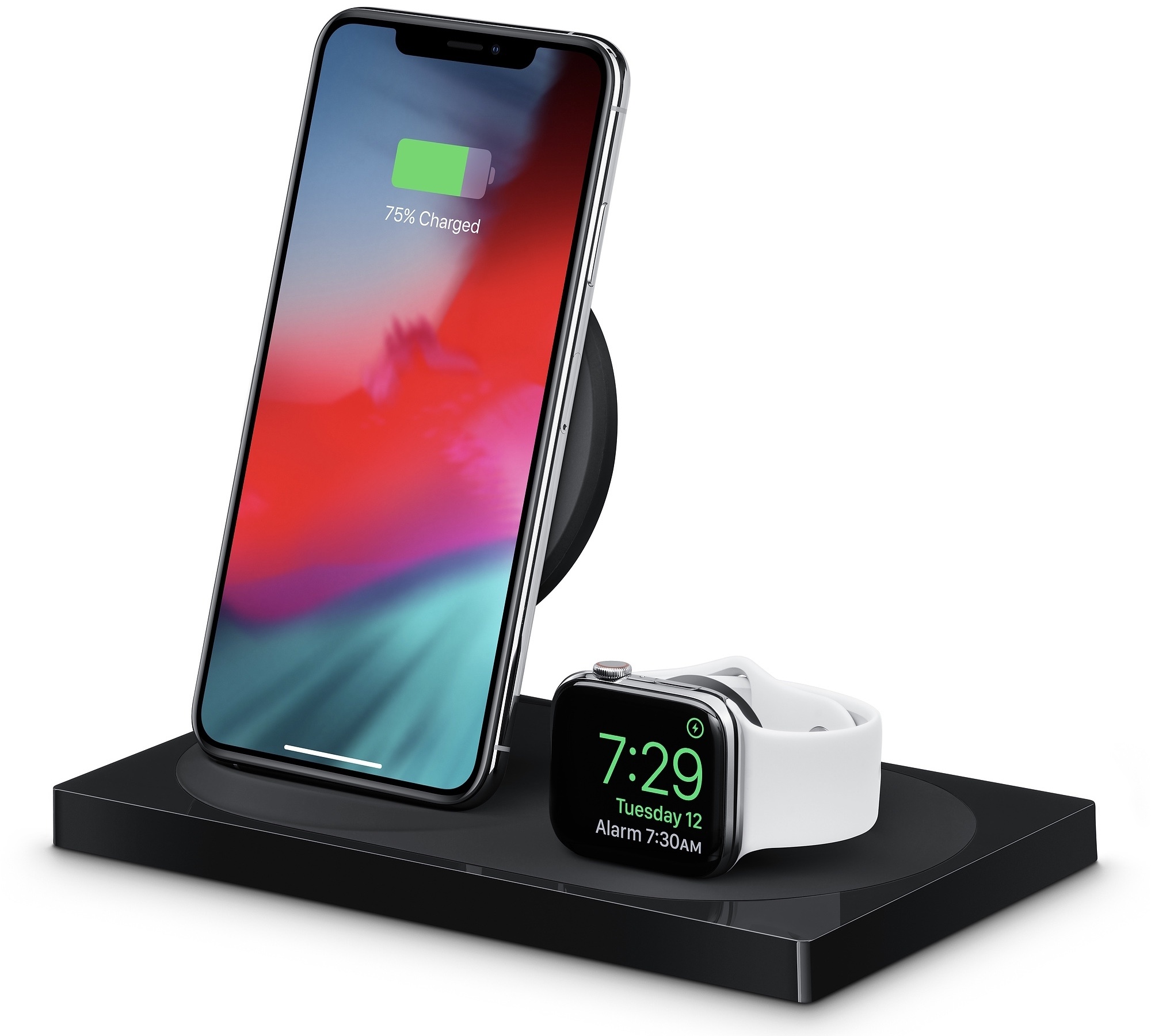Reflector 4, an app for mirroring iPhones, iPads, and other devices to the Mac, has been updated with a new design, M1 Mac support, and new onscreen device frames. Whether you’re making screencasts, demoing apps for a group, or in a classroom environment, Reflector lets you wirelessly transmit your device’s UI to your Mac and record it too. In addition to mirroring iPhones and iPads, which is what I did in my testing, you can also mirror Android, Windows, and Chromebook devices. Think of it as Apple TV and Chromecast’s mirroring and streaming features all on a Mac, thanks to this one simple menu bar app.
Posts tagged with "iPhone"
Reflector 4 Updated with Modern UI and M1 Mac Support
Apple Announces Partnership with (RED) to Combat HIV/AIDS and COVID-19 and Highlights Its PPE Donations in Zambia
Apple announced today that it is expanding its partnership with (RED), a relationship that spans fourteen years and has raised nearly $250 million to fund HIV and AIDS programs around the world, offering prevention, testing, and counseling services.
The COVID-19 pandemic has disrupted HIV/AIDS programs around the world, so earlier this year, Apple’s (RED) contributions were redirected to the Global Fund’s COVID-19 Response to mitigate the impact of COVID-19 on HIV/AIDS programs.
According to Apple’s press release:
These funds have allowed for additional contact tracing in South Africa, helped secure critical personal protective equipment (PPE) for health workers and emergency medical equipment in Ghana, and enabled the purchase of motorbikes to deliver HIV treatment to local communities that have been unable to seek in-person health services due to COVID-19. Apple also donated millions of PPE units to the Ministry of Health in Zambia, including both surgical masks sourced from its supply chain and face shields designed and produced by Apple.
Apple’s support of (RED) continues this year with donations of 100% of all eligible proceeds from PRODUCT(RED) devices to the Global Fund’s COVID-19 Response through June 30, 2021. The company will also donate $1 of every purchase made using Apple Pay on apple.com, or in the Apple Store app or an Apple retail store through December 7, 2020.
Apple is working to raise awareness of World AIDS Day too with red logos and window displays in retail stores, features on the App Store, tie-ins with Apple Music and The Ebro Show on Apple Music 1, and a special Watch Now collection in the Apple TV app.
Separately, Apple issued a press release about its donation of PPE to healthcare workers in Zambia to help them combat COVID-19 and HIV. Working with Zambia’s Ministry of Health, Apple donated:
millions of units of personal protective equipment (PPE) to the Ministry of Health in Zambia. That includes both surgical face masks Apple sourced from its supply chain as well as face shields designed and produced by Apple.
As the press release explains, the donations have protected front-line healthcare professionals and provided patients with the confidence to continue their treatments for HIV.
Apple’s iPhone 12 Lineup: The MacStories Overview
Today during its streamed event from Apple Park, Apple debuted its flagship iPhone 12 lineup consisting of four separate devices, the largest number of new models ever debuted at once:
- iPhone 12 mini
- iPhone 12
- iPhone 12 Pro
- iPhone 12 Pro Max
The iPhone 12 and 12 mini are the more affordable options, while the two Pro models add premium features, most notably better camera systems, at an additional cost. All four devices share a lot in common, however, such as the new A14 processor, support for 5G networking, a fresh physical design inspired by the iPad Pro, camera upgrades, support for new magnetic accessories, and more.
The iPhone 12 and 12 Pro will be available for pre-order this Friday, October 16 starting at $799 and $999, respectively, and ship on October 23. The iPhone 12 mini ($699) and 12 Pro Max ($1,099) won’t arrive until a few weeks later: their pre-orders open November 6 and they’ll arrive in customers’ hands on November 13.
Which model is right for you? Here’s a full overview of everything new for each device.
Apple Launches New 4.7-inch iPhone SE at $399
Today Apple announced the successor to 2016’s iPhone SE, a new model that retains the same name and goal of being the budget option for customers. The new iPhone SE will be available for pre-order this Friday, April 17, it ships one week later on April 24, and starts at $399, the same price the original SE had when it launched. Unlike that original model, though, the new SE carries an altogether different form factor. While the original SE was based on the iPhone 5’s 4-inch design, the new SE resembles the iPhone 6/7/8’s 4.7-inch design. This makes it notably larger than the previous iPhone SE, but still smaller than any of the flagship iPhone 11 line.
The 2020 iPhone SE, like its predecessor, contains modern specs but in a classic iPhone body. It has the same A13 Bionic processor found in the more costly iPhone 11 and 11 Pro models, but cuts costs in other ways such as by offering Touch ID rather than Face ID authentication, and a single 12MP rear-facing camera rather than the dual- or triple-lens arrays on Apple’s flagship models. The presence of Touch ID in particular makes the device an attractive option not only for users on a tighter budget, but also those who really don’t want to lose the Home button the next time they upgrade devices.
Apple Announces Acquisition of Intel’s Smartphone Modem Business
As the stock market closed in the US, Apple announced the acquisition of Intel’s smartphone modem business. As part of the deal, 2,200 Intel employees will join Apple. The company is also buying intellectual property and other assets from Intel like equipment and real estate associated with the business. According to Apple’s press release, the companies anticipate that the transaction will be consummated in the fourth quarter of 2019, subject to regulatory and other conditions.
Combining the acquired patents for current and future wireless technology with Apple’s existing portfolio, Apple will hold over 17,000 wireless technology patents, ranging from protocols for cellular standards to modem architecture and modem operation. Intel will retain the ability to develop modems for non-smartphone applications, such as PCs, internet-of-things devices and autonomous vehicles.
Commenting on the deal, Johny Srouji, Apple senior Vice President of Hardware Technology said:
“We’ve worked with Intel for many years and know this team shares Apple’s passion for designing technologies that deliver the world’s best experiences for our users,” said Johny Srouji, Apple’s senior vice president of Hardware Technologies. “Apple is excited to have so many excellent engineers join our growing cellular technologies group, and know they’ll thrive in Apple’s creative and dynamic environment. They, together with our significant acquisition of innovative IP, will help expedite our development on future products and allow Apple to further differentiate moving forward.”
Given Apple’s two-year court battle with Qualcomm that resulted in a settlement earlier this year, the deal with Intel is not surprising. Ever since Apple’s acquisition of P.A. Semi in 2008, Apple has been buying hardware companies that have allowed it to make more of the components that are crucial to the iPhone and its other products. The Intel deal, however, is one of Apple’s largest acquisitions and demonstrates just how serious the company is about 5G technology and gaining independence from Qualcomm.
iOS 13: The MacStories Overview
iOS 13 is the latest major version of Apple’s mobile software platform, unveiled earlier today during the company’s WWDC keynote. Contrasting with last year’s iOS 12, which focused largely on performance improvements and brought fewer new features than usual, iOS 13 promises to continue the theme of strong performance while also adding a wide array of enhancements across the board. From a systemwide dark mode, updates to Shortcuts, a long-awaited redesign for Reminders, enhancements to an unprecedented number of system apps, and much more, there is a lot to take in here.
What’s not included in iOS 13 is iPad-specific updates, but that’s because Apple has split off the iPad’s version of iOS into its own dedicated software platform: iPadOS, which you can read our complete overview of here.
As for iOS 13, despite not including the variety of iPad improvements Apple has built, it remains a substantial release meant to take the mobile computing experience to a whole new level. Let’s dive in.
Apple Introduces New Lineup of Watch Band and iPhone Case Colors
Alongside the release of the new AirPods, Apple has released a new lineup of spring Apple Watch bands and iPhone cases that span several different band models and case types.
For the Watch, Apple has introduced new versions of its Sport Band, Sport Loop, and Leather band. There are also new versions of the Nike Sport Band, Nike Sport Loop, and Hermès Leather bands.
Apple Revises Q1 Financial Guidance Following Poor iPhone Sales
In a letter to investors, Apple CEO Tim Cook has stated that the company has revised its financial guidance for the holiday fiscal quarter that ended on December 29th as follows:
- Revenue of approximately $84 billion
- Gross margin of approximately 38 percent
- Operating expenses of approximately $8.7 billion
- Other income/(expense) of approximately $550 million
- Tax rate of approximately 16.5 percent before discrete items
We expect the number of shares used in computing diluted EPS to be approximately 4.77 billion.
Here’s the guidance that Apple gave November 1, 2018 when it reported its fourth quarter 2018 results:
- revenue between $89 billion and $93 billion
- gross margin between 38 percent and 38.5 percent
- operating expenses between $8.7 billion and $8.8 billion
- other income/(expense) of $300 million
- tax rate of approximately 16.5 percent before discrete items
That’s a miss of $5-9 billion in revenue. Cook’s letter is lengthy, but the lion’s share of the problem comes down to lower than expected iPhone revenue:
Lower than anticipated iPhone revenue, primarily in Greater China, accounts for all of our revenue shortfall to our guidance and for much more than our entire year-over-year revenue decline. In fact, categories outside of iPhone (Services, Mac, iPad, Wearables/Home/Accessories) combined to grow almost 19 percent year-over-year.
While Greater China and other emerging markets accounted for the vast majority of the year-over-year iPhone revenue decline, in some developed markets, iPhone upgrades also were not as strong as we thought they would be. While macroeconomic challenges in some markets were a key contributor to this trend, we believe there are other factors broadly impacting our iPhone performance, including consumers adapting to a world with fewer carrier subsidies, US dollar strength-related price increases, and some customers taking advantage of significantly reduced pricing for iPhone battery replacements.
Although there have been rumors of lackluster iPhone sales for weeks based on supply chain leaks, a miss of this magnitude caused by falling iPhone revenue is still a big surprise, which is no doubt why Apple chose to address the issue before its next earnings report is released.
Belkin Launches Wireless Charging Dock for iPhone and Apple Watch, USB-C to HDMI Adapter for Mac and iPad Pro
In addition to Apple’s clear case for the iPhone XR and 18W USB-C adapter, Apple online stores in Europe started selling Belkin’s highly anticipated Boost Up dual wireless charging dock and USB-C to HDMI adapter earlier today.


